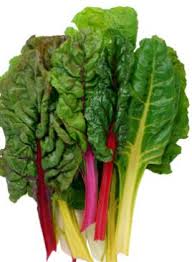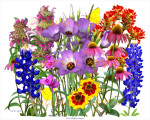JOIN US FOR THE BIG “B” EVENT!!!!!
SATURDAY, OCTOBER 3, BARNARD’S MILL
307 SW Barnard, Glen Rose
The weather should be glorious for the second annual event focusing on bees, bats, birds, bluebonnets and all things native.
Plant sales and booths set up 8-9 am, and the event will be roughly 9-3. Participating will be Dinosaur Valley State Park, Glen Rose Bird Club, Somervell County Master Gardeners, Rio Brazos Master Naturalist, Glen Rose Garden Club and Dino-Bee Club.
At 10 am, our first speaker, Plantsman and longtime NPSOT member Armand Huffault will present “Gardening with Native Plants. Next program at 1pm Bat World Sanctuary offers a very informative program that will give the audience a new appreciation of these little, often feared, beneficial pollinating mammals.
Event will wind down by 3 pm.
 Development and Minor in Animal Science from Tarleton State University.
Development and Minor in Animal Science from Tarleton State University.

 This is your last chance to get wildflower seeds out as well but get to it quick. Make sure there is good seed to soil contact for best germination. Fall rains and Mother Nature should take care of the rest.
This is your last chance to get wildflower seeds out as well but get to it quick. Make sure there is good seed to soil contact for best germination. Fall rains and Mother Nature should take care of the rest.